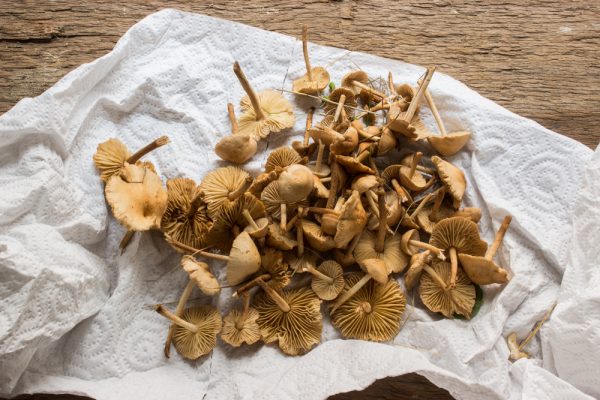Description
Liberty Cap(psilocybe semilanceata spores for sale)
the freedom cap minuscule covered mushrooms favor wet regions that are undisturbed by pedestrian activity or brushing by livestock. They can be tracked down filling in thick numbers in meadow territories. Freedom covers additionally prefer to fill in cooler regions like the Pacific Northwest of the United States, but at the same time they’re turning out to be more normal in the UK . Regularly it takes a freeze for the parasites to vanish.
Where To Find freedom Cap mushrooms
freedom covers ID
freedom cap carbon copies
where to find freedom covers
freedom covers measurement
the most effective method to develop freedom covers
instructions to dry freedom covers
do freedom covers wound blue
freedom cap season 2019
psilocybe semilanceata spores available to be purchased
Psilocybe semilanceata( psilocybe semilanceata spores available to be purchased) generally known as the freedom cap, is a types of parasite which creates the psychoactive mixtures psilocybin and baeocystin. It is both one of the most broadly dispersed psilocybin mushrooms in nature, and one of the most strong. The mushrooms have an unmistakable conelike to ringer formed cap, up to 2.5 cm (1.0 in) in measurement, with a little areola like distension on the top. They are yellow to brown, covered with spiral sections when wet, and blur to a lighter tone as they mature. Their stipes will generally be slim and long, and a similar variety or somewhat lighter than the cap. The gill connection to the stipe is adnexed (barely joined), and they are at first cream-shaded prior to coloring purple as the spores mature. The spores are dim purplish-brown in mass, ellipsoid in shape, and measure 10.5-15 by 6.5-8.5 micrometres.psilocybe semilanceata spores available to be purchased
The mushroom fills in field natural surroundings, particularly wetter regions. Yet, in contrast to P. cubensis, the parasite doesn’t develop straightforwardly on manure; rather, a saprobic animal types takes care of off rotting grass roots. It is broadly dispersed in the calm region of the Northern Hemisphere, especially in Europe, and has been accounted for sporadically in mild region of the Southern Hemisphere also. The earliest dependable history of P. semilanceata inebriation traces all the way back to 1799 in London, and during the 1960s the mushroom was the main European species affirmed to contain psilocybin.psilocybe semilanceata spores available to be purchased.
Psychoactive use
Psilocybe semilanceata, which Sowerby wrongly believed was equivalent to Stropharia semiglobata.
The principal dependably recorded report of Psilocybe semilanceata inebriation included a British family in 1799, who arranged a feast with mushrooms they had picked in London’s Green Park. As per the scientific expert Augustus Everard Brande, the dad and his four kids experienced average side effects related with ingestion, including understudy expansion, unconstrained giggling and insanity. The distinguishing proof of the species mindful was made conceivable by James Sowerby’s 1803 book Colored Figures of English Fungi or Mushrooms,which incorporated a portrayal of the parasite, then known as Agaricus glutinosus (initially depicted by Moses Ashley Curtis in 1780). As indicated by German mycologist Jochen Gartz, the depiction of the species is “completely viable with current information about Psilocybe semilanceata.
In the mid 1960s, the Swiss researcher Albert Hofmann — known for the combination of the hallucinogenic medication LSD — artificially examined P. semilanceata natural product bodies gathered in Switzerland and France by the botanist Roger Heim. Utilizing the strategy of paper chromatography, Hofmann affirmed the presence of 0.25% (by weight) psilocybin in dried examples. Their 1963 distribution was the main report of psilocybin in an European mushroom animal categories; beforehand, it had been known exclusively in Psilocybe species local to Mexico, Asia and North America. This finding was affirmed in the last part of the 1960s with examples from Scotland and England, Czechoslovakia (1973),Germany (1977),Norway (1978),and Belgium and Finland (1984).In 1965, criminological portrayal of psilocybin-containing mushrooms seized from understudies in British Columbia recognized P. semilanceata — the primary recorded instance of purposeful sporting utilization of the mushroom in Canada. The presence of the psilocybin simple baeocystin was affirmed in 1977.Several examinations distributed from that point forward help the possibility that the fluctuation of psilocybin content in P. semilanceata is low, paying little mind to nation of beginning.







Reviews
There are no reviews yet.